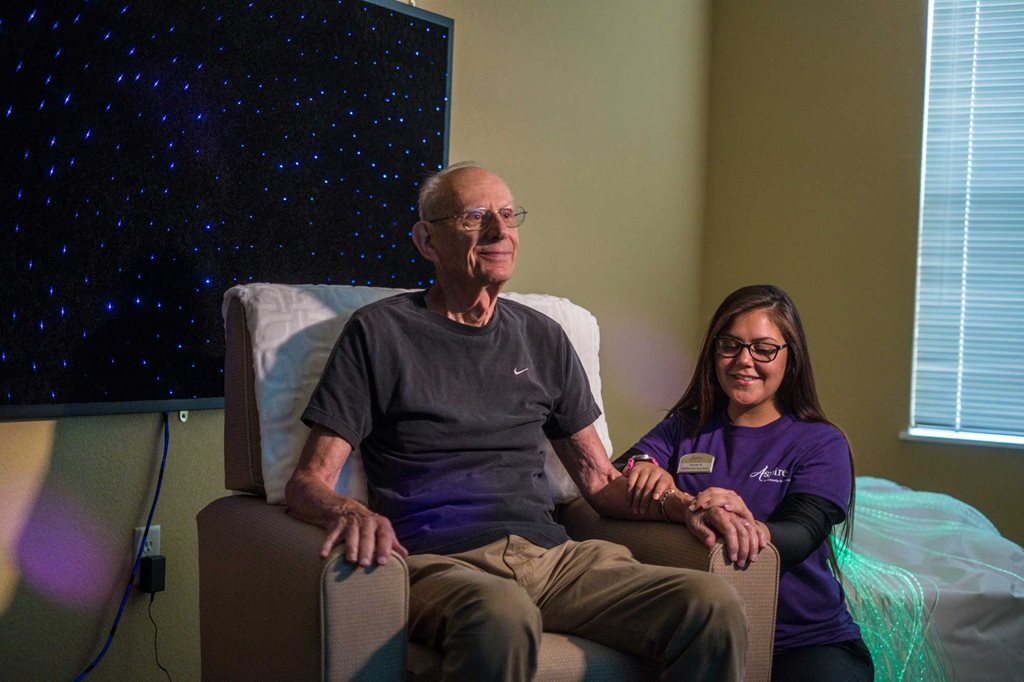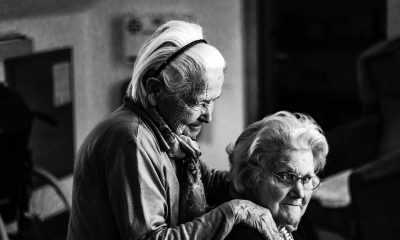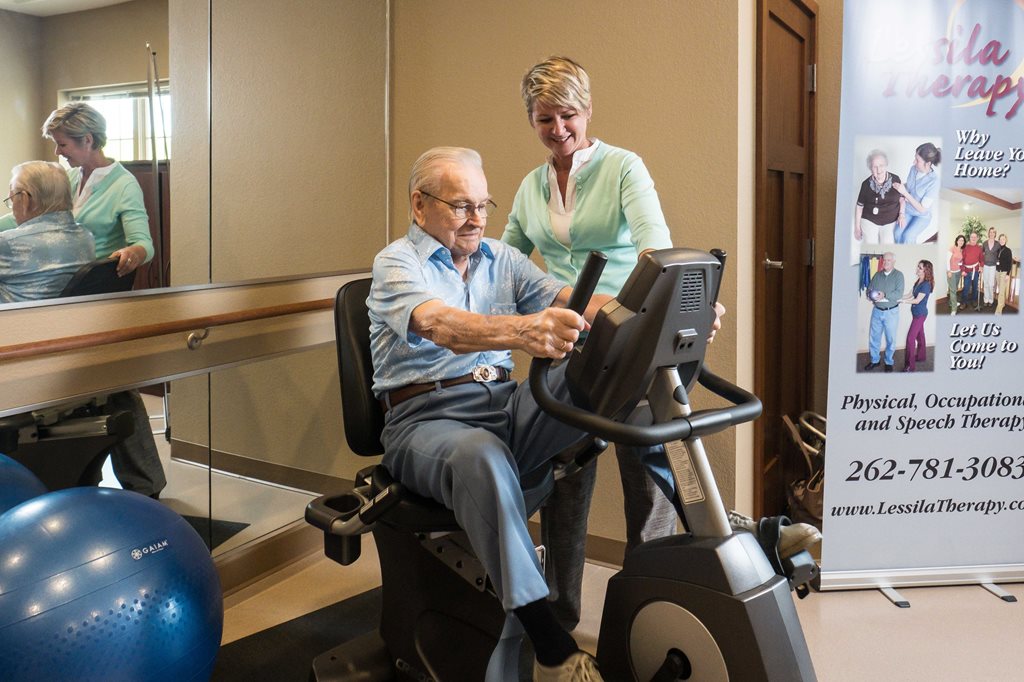
Every senior’s dream is to lead a life where the effects of aging don’t stop them from having a dynamic lifestyle. This is what’s commonly referred to as “active aging.” The International Council on Active Aging sees it as a vision where “all individuals—regardless of age, socioeconomic status or health— [are] fully engaging in life within all seven dimensions of wellness: emotional, environmental, intellectual/cognitive, physical, professional/vocational, social and spiritual.”
But is active aging realistic or just a pipe dream? While daily physical activity receives all the attention when it comes to aging well, the missing piece may be physical therapy. To understand why, we break down how physical therapy can help you keep doing the things you love so that you can live an abundant life well into your old age.
1. Maintain Mobility and Balance for Active Aging
Reduced mobility in older adults is often a result of balance disorders and abnormal walking patterns—also known as gait. It’s not uncommon for these conditions to arise because of diseases like arthritis, congestive heart failure, diabetes, and Parkinson’s.
Even being scared to fall can cause odd gait changes, with some people walking as if they were on ice. Other symptoms range from walking slowly or hesitating, limping, dragging, staggering, and having abnormal posture. About 35 percent of people over 70 are affected, and virtually everyone over 85 has reduced mobility.
It’s hard to maintain your independence and do activities when you have difficulty walking around. Studies show at least 30 percent of adults 65 and older report it’s challenging to walk three city blocks or climb a single flight of stairs, and around 20 percent need to use an assistive device to get around.
Gait and balance disorders are also responsible for many seniors moving into assisted living communities or other care facilities. It can be a mental hurdle to live on your own when poor balance makes you afraid of falling or has even caused a fall in the past.
And it’s a warranted concern because falls lead the pack in types of fatal injuries experienced by older adults. One in four Americans 65 and older fall each year, according to the National Council of Aging. Because of falls, an older person lands in the emergency room every 11 seconds while another dies every 19 minutes.
Physical therapy keeps you on your feet by creating evidence-based exercise plans designed to reverse what’s causing your imbalances and correcting abnormal walking patterns. Some methods therapists use are:
- Carefully and safely pushing your balance boundaries to improve it in real-life situations
- Providing exercises for better coordination
- Performing specific movements on patients to restore vestibular function and get rid of dizziness and vertigo
- Stabilizing the lumbar for a more normal gait speed and increased stability
- Strengthening calf muscles for functional performance
The results of working with a physical therapist speak for themselves. Studies show individually prescribed exercises for balance retraining and muscle strengthening decrease the number of falls and fall-related injuries by 35 percent. And in as little as five weeks of training twice a week, you’ll feel significantly more confident in your balance.
2. Add Flexibility to Stiff Joints and Muscles
If your muscles and joints are feeling increasingly rigid, it may be harder to do everyday things like:
- Stand up
- Climb stairs
- Clean the house
- Garden
- Tie shoelaces
- Roll over in bed
And you wouldn’t be alone in experiencing these difficulties. Studies on the flexibility of adults from 55 to 86 years old showed an accelerated decline in flexibility, starting from age 71 in men and 63 in women.
Stiff muscles and tendons also make it difficult to do hobbies, travel, dance, or engage in other activities you enjoy. The resulting sedentary lifestyle affects your health and physical function, causing a vicious cycle where declines in well-being further contribute to sedentarism.
Physical therapy can make you flexible again so that you can do activities with ease. The results of a 12-month stretch and flex program for older adults, for instance, showed they had less pain and more physical fitness, well-being, autonomy, and a better quality of life than before they started their new regimen.
Depending on your physical therapist’s assessment of your flexibility, they’ll have one of three goals for your joints:
- Reduce muscle and tendon stiffness, so you feel less pain,
- Increase flexibility, or
- Preserve existing flexibility
They can even have different goals for various joints as they look to improve your overall flexibility.
The therapist will teach you the stretching program in the office and show you how to continue at home. Your fitness routine may consist of a whole-body stretch covering your neck, shoulder, upper arm, chest, ankle, hamstring, quadriceps, lower back, and hips, or just one or two areas you’re concerned about. While the focus may be to decrease stiffness, the exercises will also help you become stronger, improve your coordination, and increase your cardiovascular capacity.
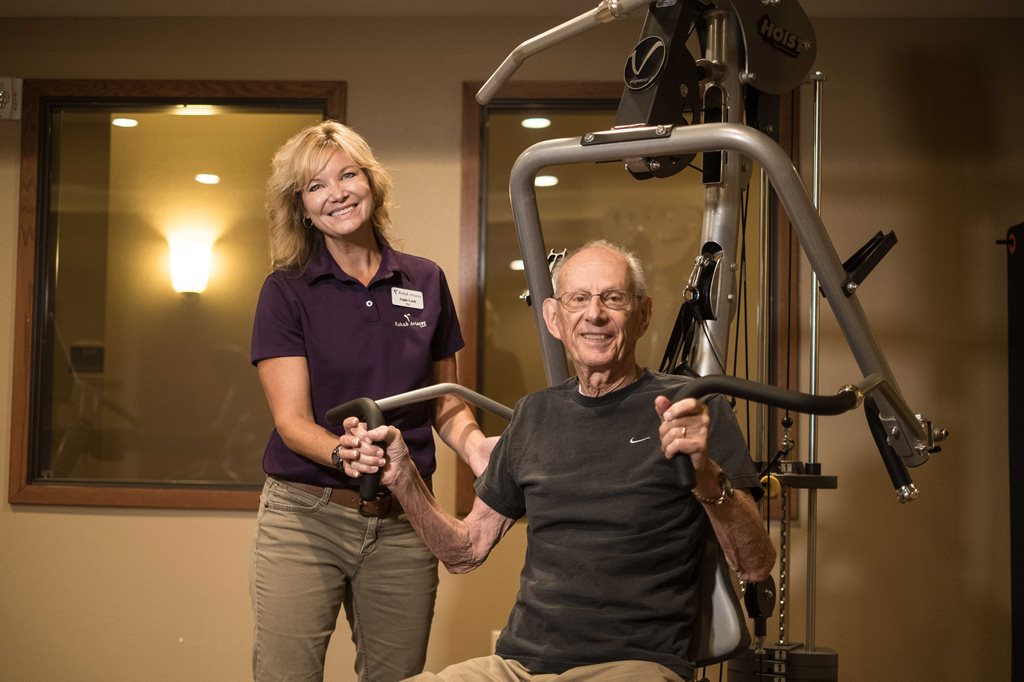
3. Strengthen Your Body
Our bodies naturally lose muscle starting from age 40. Some estimates suggest muscle declines may be as high as 10 percent per decade. The medical community calls age-related muscle loss, “Sarcopenia.” Sarcopenia is a major leading cause of functional decline in seniors. Even though beginning physical therapy in your 40s keeps muscle loss from progressing, most people wait until their 60s to talk to a physical therapist.
The more serious your Sarcopenia is, the more likely you are to have a sedentary lifestyle, chronic inflammation, and diseases like diabetes. Low muscle mass is also is a significant contributor to mobility disorders, greater fall and fracture risks, and disabilities that lead to dependence on caregivers or an earlier-than-expected move to an assisted living facility.
Studies show strength training is an effective strategy in building muscle and improving strength in the seniors. It can stop muscle loss from worsening and even reverse it, but it’s easier to do the earlier you see your doctor. Strength training is safe and effective for all ages, including people who aren’t in perfect health, as long as seniors train under the guidance of a physical therapist.
As little as one set per exercise, two to three times per week may be enough to optimize the strength gains in the elderly. Elderly patients in a study were able to increase their muscle mass five to 15 percent in a 6- to 30-week physical therapy program. Older women had especially promising results in upper leg muscles as early as six weeks.
But the most remarkable outcomes were from patients characterized as frail. Frail adults typically have poor endurance, unintentional weight loss, and muscle loss and weakness throughout their bodies. These patients improved their leg muscles by a remarkable 220 percent by working out three times a week for just 10 weeks.
Many physical therapists will use the European Working Group‘s scientifically-based algorithm for judging age-related muscle loss. Your initial evaluation may consist of calf and arm measurements, grip strength tests, and a walking test of up to four miles to observe your gait. Your maximum grip strength is a powerful indicator of your muscle loss degree. To check on your progress, a PT will periodically conduct these tests again.
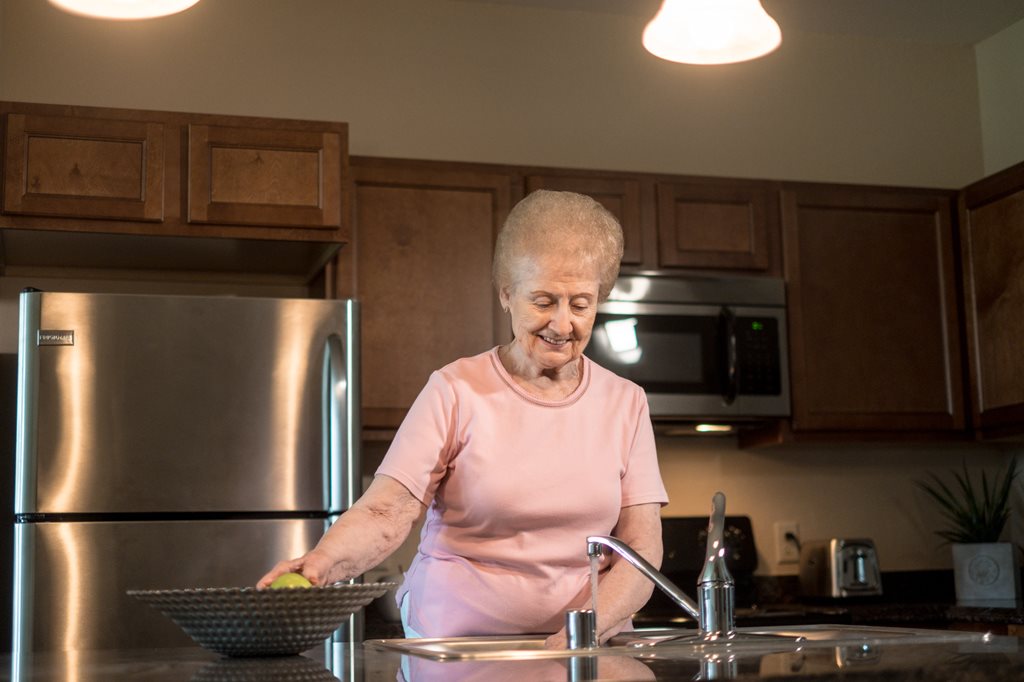
4. Have Endurance for Daily Tasks
Do you find yourself winded from even the smallest of chores? Maybe it’s going up your stoop. Or perhaps it’s sweeping a corner of your home. Or maybe you find yourself needing a break after walking from the parking lot to a store. The reason could be not only because older adults are subject to muscle loss, but to decreases in their heart’s fitness level as well.
Endurance exercises carried out for 30 minutes, three times weekly for nine weeks, may increase your oxygen intake by as much as 16 percent and your capillary density by over a third. Capillaries play a critical role in having more stamina because they carry out carbon dioxide waste fluid and materials from the blood and bring oxygen and nutrients to tissues in the body. This exchange allows you to do more activities without feeling breathless.
Physical therapists will prescribe a customized endurance training regimen for the challenges you face. Their plan may include popular endurance exercises like sit-to-stand. For this exercise, seniors sit and fully stand from a chair—with or without the help of armrests or the chair’s seat—as many times as possible within 30 seconds. This completes a set. Then seniors take a 30-second to one-minute break. The goal is to complete two to three sets.
Marching in place while holding on to the back of the chair is also a great endurance exercise. As you fatigue, it’s important to keep trying to bring the knee up so that your thigh is at a 90-degree angle with your hip. Like sit-to-stand exercises, you’ll want to take a quick break and complete another two to three sets if possible.
Step Into Active Aging
Physical therapy fights against frailty and vulnerability—two primary reasons why older adults feel it’s no longer safe to live by themselves. Improving your physical well-being allows you to lead an active life both outside the home and inside, where everyday tasks can become challenging for seniors. Therapists work to raise your fitness levels, whether that means focusing on mobility, flexibility, strength, endurance, or a little bit of everything!
It’s essential to get a health assessment before jumping into a new exercise program, especially if you’re an older adult with multiple health issues. A physical therapist will want to check your movement, balance, and medications before designing a fitness regimen for active aging.
As an added benefit, physical therapists can discuss several modifications you can make in your home that would make it safer and more comfortable for you. Suggestions could include pull-out drawers in the cupboards to walk-in tubs in the bathroom, but would ultimately be tailored to your specific needs and daily routines.

